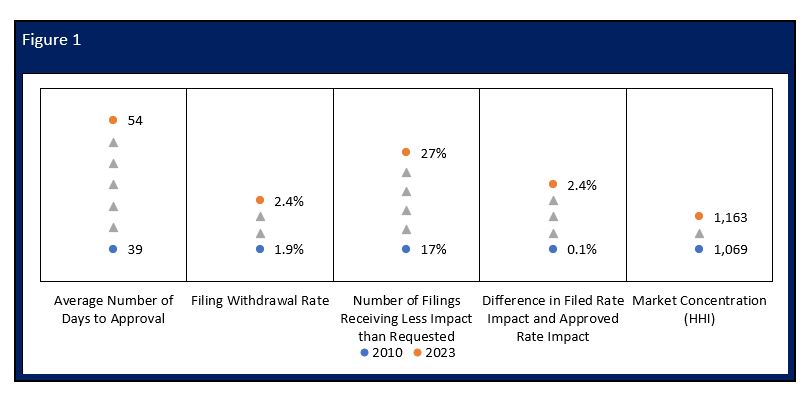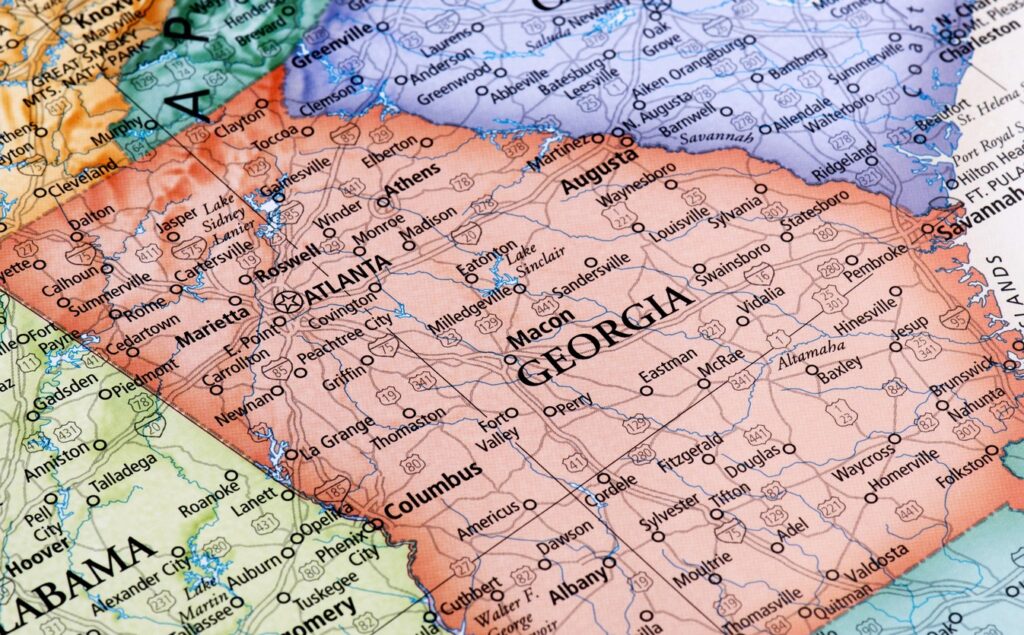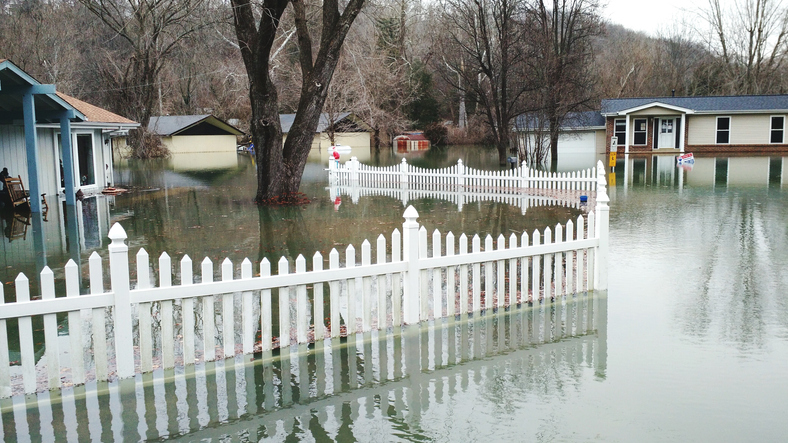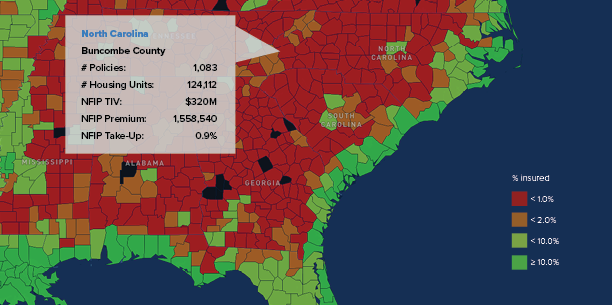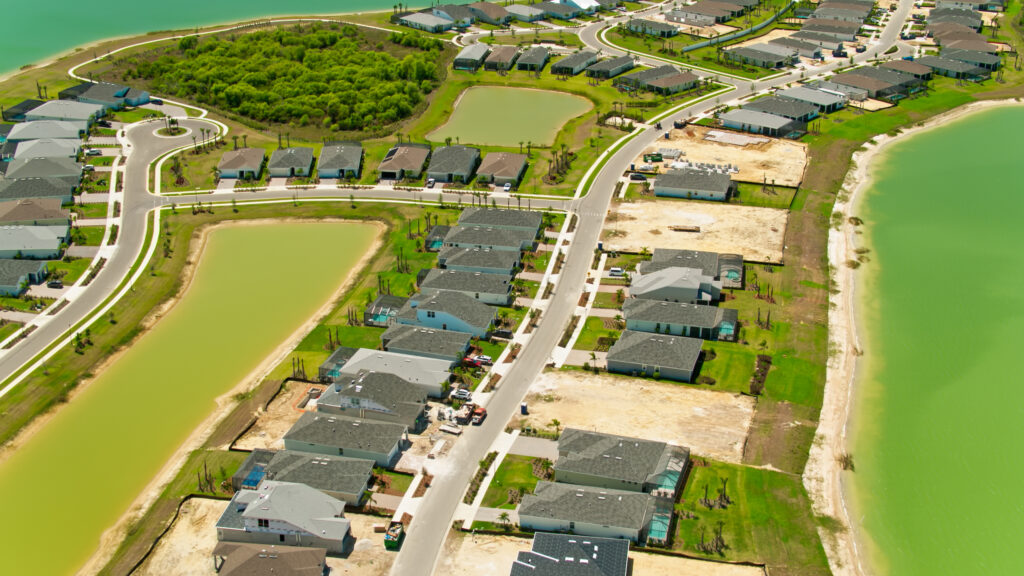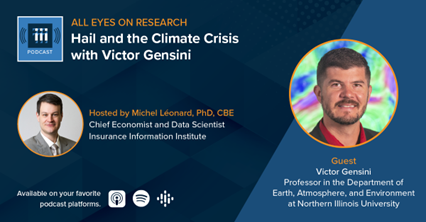
By Mary Sams, Senior Research Analyst
Cyber incidents, changes in climate, and business interruption are the chief risk concerns among key marketplace segments in the insurance industry, according to RiskScan 2024, a new survey from Munich Reinsurance America Inc. (“Munich Re US”) and the Insurance Information Institute (Triple-I) reveals.
RiskScan 2024 provides a cross-market overview of top risk concerns among individuals across five key market segments: P&C insurance carriers, P&C agents and brokers, middle-market business decision makers, small business owners, and consumers. The survey explores not only P&C risks, but also how economic, political, and legal pressures shape risk perceptions.
Methodology
To produce a compelling snapshot of cross-market views, Munich Re US and Triple-I engaged independent market researcher RTi Research in the summer of 2024 to survey 1,300 US-based individuals.
Market surveys typically focus on a single audience, but RiskScan 2024 is a multi-segment survey offering a comprehensive view of risk perceptions and yielding comparative results between audiences. The key insights present a variety of commonalities and disparities across the five distinct target segments, covering the full range of insurance buyers and sellers across the United States.
This online survey was conducted across gender, age, geographic region, household income, business revenue, and company size.
Two primary cohorts make up five segments of participants in the RiskScan research:
- consumers and small business owners (n=700) and
- Insurance industry participants, which included carriers, agents, and brokers as well as middle market businesses (n=600).
Research participants were presented with various risks across five segments and then asked to select their top three risk concerns.
Key Insights
More than one-third of respondents chose economic inflation, cyber incidents, and climate change as their top three concerns based on insurance risks and market dynamics. All three of these reflect post-pandemic news topics. Economic inflation has increased over the last several years. Consumers and small business owners have experienced direct impacts with increased costs and industry participants have seen these impacts on increased replacement costs and P&C insurance premiums.
There are significant disparities in the ranking results between the two primary cohorts within the research. Insurance professionals tend to identify a variety of risks and have significant awareness of all risk categories, including emerging technologies. As expected, these audiences exhibit broader knowledge and awareness of risk transfer and mitigation of new and emerging risks. Consumers identified a smaller number of risks associated with more immediate and direct impacts on themselves.
The structure of RiskScan 2024 research yields a more complete understanding of the “white space” that exists between risk perception and action. The gaps were identified along three key risk areas:
- Flood risk
- cyber risks, and
- legal system abuse
Flood risk was also indicated as one of the chief concerns for each audience. However, consumers lack awareness that flood events are typically excluded from homeowner’s policies. Industry professionals are more aware of flood coverage exclusions, the importance of purchasing flood coverage before a flood event, and the likelihood of these events occurring.
Cyber incidents are a primary concern in all five market segments. Most audiences in the research, both consumer and commercial, feel unprepared as this threat vector is constantly emerging, expanding, and changing. Many people are knowledgeable about cyber risks and are concerned about how to mitigate new cyber threats. Troubling stories have come to light as the frequency and severity of cyber threats grow.
“The knowledge gap about insurance risks demonstrates the continued need for education of consumers and businesses, especially about flood, cyber, and legal system abuse,” says Triple-I CEO Sean Kevelighan. “Increasing knowledge will be instrumental for the collective work needed to better manage and mitigate future risks.”
The report includes additional results for each of the five primary audiences: consumers (n=500), small business owners (n=200), insurance carriers (n=200), insurance agents and brokers (n=200), and middle market businesses (n=200).
Download the full RiskScan 2024 report to review the details. Triple-I aims to empower stakeholders by driving research and education on this and other key insurance topics. Follow our blog to keep abreast of these essential conversations.



